Artificial Intelligence Free Course
Introduction to Artificial Intelligence
Learn the fundamentals of Artificial Intelligence, including neural networks, natural language processing, and computer vision. Enroll in our free AI course and gain practical knowledge through real-world examples.
Instructor:
Dr. Abhinanda SarkarIntroduction to Artificial Intelligence
1.9L+ learners enrolled so far
Stand out with an industry-recognized certificate
10,000+ certificates claimed, get yours today!
Get noticed by top recruiters
Share on professional channels
Globally recognised
Land your dream job

Skills you will gain
Fundamentals of Artificial Intelligence
Neural networks
Basics of Natural Language Processing (NLP)
Fundamentals of Computer Vision
Tasks involved in Computer Vision
Key Highlights
Get free course content
Master in-demand skills & tools
Test your skills with quizzes
About this course
This Artificial Intelligence (AI) course provides a solid foundation in key AI concepts, enabling you to apply these skills in practical and real-world settings. By the end of the course, you'll be well-equipped to tackle Artificial Intelligence (AI) challenges across various industries, from building neural networks to implementing advanced computer vision techniques.
In this course, you’ll start with an overview of Artificial Intelligence and explore its impact across various industries. You’ll learn about neural networks, understanding how they connect to machine learning and biological neurons, and gain a solid understanding of deep neural networks. The course also covers Natural Language Processing (NLP), explaining its role in real-world applications like sentiment analysis and chatbots. You’ll study the basics of computer vision and its uses in image classification, segmentation, and video analysis. Finally, you’ll build on your knowledge with real-world examples of computer vision, such as face recognition and traffic analytics.
Course outline
Introduction to AI
This module briefly introduces you to Artificial Intelligence. Understand what artificial intelligence is and all the domains where it has a stronghold.
Introduction to computer vision
This module will help you understand computer vision from the basics. You will comprehend the term better with the help of examples and understand the tasks it includes, like image classification, segmentation, video analysis, and more.
Neural Networks
Learn in detail about Neural Networks, the special part of Machine Learning that connects to Artificial Intelligence. Comprehend computer versions of Artificial Neural Networks along with biological neurons and how they are interconnected. Also, get an in-depth understanding of deep neural networks.
Introduction to natural language processing
Get introduced to Natural Language processing in detail through this module. Understand what NLP is and its current need in industries. Comprehend it better with the two popular examples of sentiment analysis and chatbot.
Computer vision examples
This module enhances your practical knowledge of computer vision and Artificial Intelligence through examples of image classification, face recognition, and video and traffic analytics.
Generative AI for Beginners
In this module, we will explore foundation in AI, machine learning, and deep learning concepts while introducing learners to generative models, neural networks, and large language models. It also explores real-world applications, challenges, and the mathematical underpinnings of Generative AI.
Get access to the complete curriculum once you enroll in the course
Stand out with an industry-recognized certificate
10,000+ certificates claimed, get yours today!
Get noticed by top recruiters
Share on professional channels
Globally recognised
Land your dream job

Introduction to Artificial Intelligence

3.75 Hours
Beginner
1.9L+ learners enrolled so far
Get free course content
Master in-demand skills & tools
Test your skills with quizzes
Refer and earn
Get learning discounts up to ₹2,000
Level up with advanced skills & become job ready with Pro+
Subscribe to Pro+ today to build skills with 50+ Pro courses and prep for jobs with advanced AI tools.

Master Artificial Intelligence

Practice exercises

Guided Projects

AI Resume Builder

AI mock interviews
Get course + certificate with Pro+ subscription
Learner reviews of the Free Courses
5.0
5.0
5.0
5.0

5.0

5.0

5.0
5.0

5.0

5.0
What our learners enjoyed the most
Skill & tools
61% of learners found all the desired skills & tools
Our course instructor

Dr. Abhinanda Sarkar
Senior Faculty & Director Academics, Great Learning
Artificial Intelligence Expert
Frequently Asked Questions
Will I receive a certificate upon completing this free course?
Is this course free?
What prerequisites are required to learn this Artificial Intelligence free course?
Enrolling in this Introduction to Artificial Intelligence free course requires no prerequisites, and it is specifically designed for beginners to learn it from scratch.
How long does it take to complete this free Introduction to Artificial Intelligence course?
This Introduction to AI free course contains an hour of self-paced videos that learners can take up according to their convenience.
Will I have lifetime access to this Introduction to Artificial Intelligence free online course?
Yes. You will have lifetime access to this free online Artificial Intelligence course.
Is the Introduction to Artificial Intelligence course a certification course?
Is it worth learning about Artificial Intelligence?
Yes, learning Artificial Intelligence can be a rewarding and beneficial experience. It has become increasingly important in various fields, from medicine to engineering and the potential for AI is ever-expanding. With the advancements in the field, AI can help to solve problems faster, think more flexibly, automate processes, and create meaningful insights that can assist in decision-making.
What is Artificial Intelligence used for?
Artificial Intelligence (AI) is used for various tasks and applications. Typically, AI is used in tasks that are too complex or time-consuming for humans to complete, such as the identification of patterns in large sets of data, predictive analytics, and natural language processing. AI can also be utilized to automate mundane tasks, such as in customer service chatbots, to allow agents to focus on more complicated tasks. Further, AI is used in robotics, automation, and autonomous vehicles.
Why is Artificial Intelligence so popular?
Artificial Intelligence has become very popular in recent years due to its ability to automate processes, improve accuracy, increase efficiency, and reduce costs. AI has tremendous potential to revolutionize many industries with its ability to detect patterns and provide insights. AI can be used to identify new trends and opportunities, automate mundane tasks, and improve decision-making.
AI can also provide a competitive edge for businesses, giving them the capability to respond faster and more effectively than their competitors. AI technology is becoming increasingly ubiquitous due to advancements in Machine Learning and Natural Language Processing, allowing organizations to take advantage of the immense potential of AI to transform their operations.
What jobs demand that you learn Artificial Intelligence?
There are many jobs that demand that you learn Artificial Intelligence, such as:
AI Research Scientist
- AI Programmer
- Machine Learning Engineer
- AI/Robotics Engineer
- AI Product Manager
- Data Scientist
- AI Solutions Architect
- Natural Language Processing Engineer
- AI/Robotics Researcher
- AI Embedded Systems Engineer
Will I get a certificate after completing this Introduction to Artificial Intelligence course?
Yes, you will be rewarded with a free Artificial Intelligence course completion certificate after completing all the modules and the quiz at the end of this free course.
What knowledge and skills will I gain upon completing this Introduction to Artificial Intelligence course?
By the end of this online Artificial Intelligence free course, you will be familiar with the fundamentals of AI, understand neural networks and deep neural networks, and know the basics of NLP and computer vision in detail through various examples.
How much does this Artificial Intelligence course cost?
This Artificial Intelligence online course is offered for free by Great Learning Academy.
Is there a limit on how many times I can take this online Introduction to Artificial Intelligence course?
No, there are no limits on the number of times you can attain this free Artificial Intelligence course.
Can I sign up for multiple courses from Great Learning Academy at the same time?
Yes, you can sign up for more than one free course offered by Great Learning Academy that efficiently assists your career growth.
Why choose Great Learning for this Artificial Intelligence course?
Great Learning Academy is an initiative taken by the leading e-learning platform, Great Learning. Great Learning Academy provides you with industry-relevant courses for free, and Introduction to Artificial Intelligence is one of the free courses that empowers you with crucial AI techniques.
Who is eligible to take this free Artificial Intelligence course?
Any beginner who wants to learn about AI from the basics can enroll in this free Introduction to AI course.
What are the steps to enroll in this course?
- Search for the "Introduction to Artificial Intelligence" free course in the search bar present at the top corner of Great Learning Academy.
- Register for the course through the Enroll Now button and start learning.
Become a Skilled Professional with Pro Courses
Gain work-ready skills with guided projects, top faculty and AI tools, all at an affordable price.

View Course

Included with Pro+ Subscription


View Course

Included with Pro+ Subscription
.jpg)
View Course

Included with Pro+ Subscription


View Course

Included with Pro+ Subscription
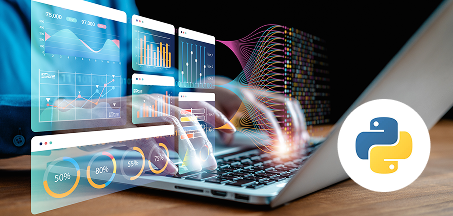
View Course

Included with Pro+ Subscription

View Course

Included with Pro+ Subscription
 (1).jpg)
View Course

Included with Pro+ Subscription
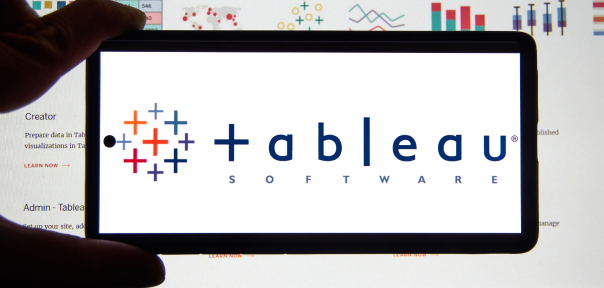
View Course

Included with Pro+ Subscription
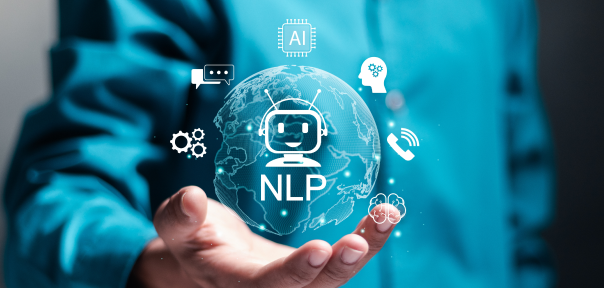
View Course

Included with Pro+ Subscription

View Course

Included with Pro+ Subscription
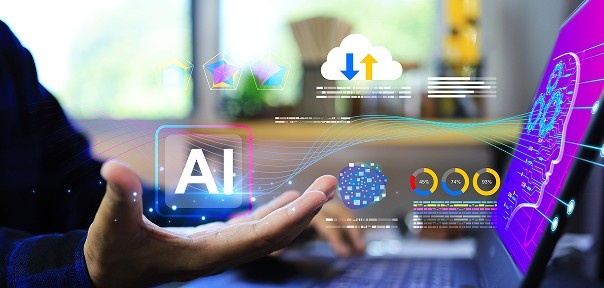



View Course

Included with Pro+ Subscription

View Course

Included with Pro+ Subscription
.jpg)
View Course

Included with Pro+ Subscription

View Course

Included with Pro+ Subscription


View Course

Included with Pro+ Subscription


View Course

Included with Pro+ Subscription


View Course

Included with Pro+ Subscription


View Course

Included with Pro+ Subscription


View Course

Included with Pro+ Subscription


.jpg)
View Course

Included with Pro+ Subscription
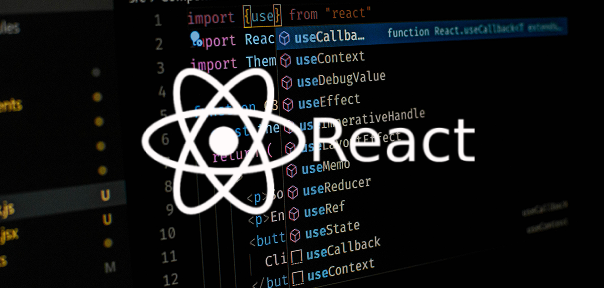
View Course

Included with Pro+ Subscription
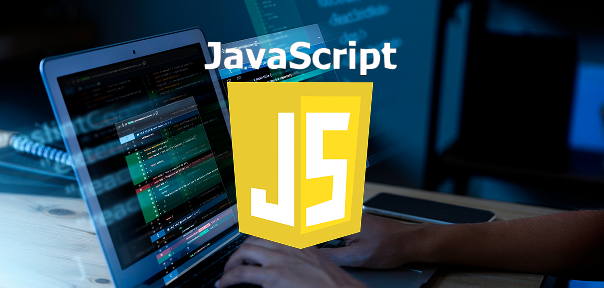
View Course

Included with Pro+ Subscription

View Course

Included with Pro+ Subscription
.png)
View Course

Included with Pro+ Subscription

View Course

Included with Pro+ Subscription
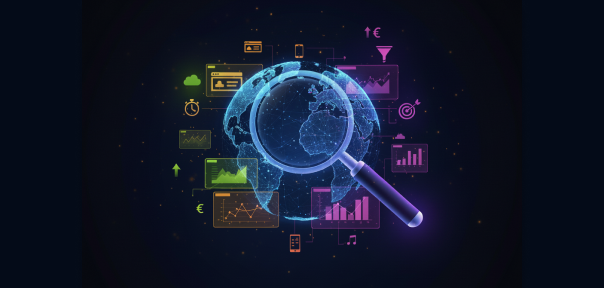
View Course

Included with Pro+ Subscription
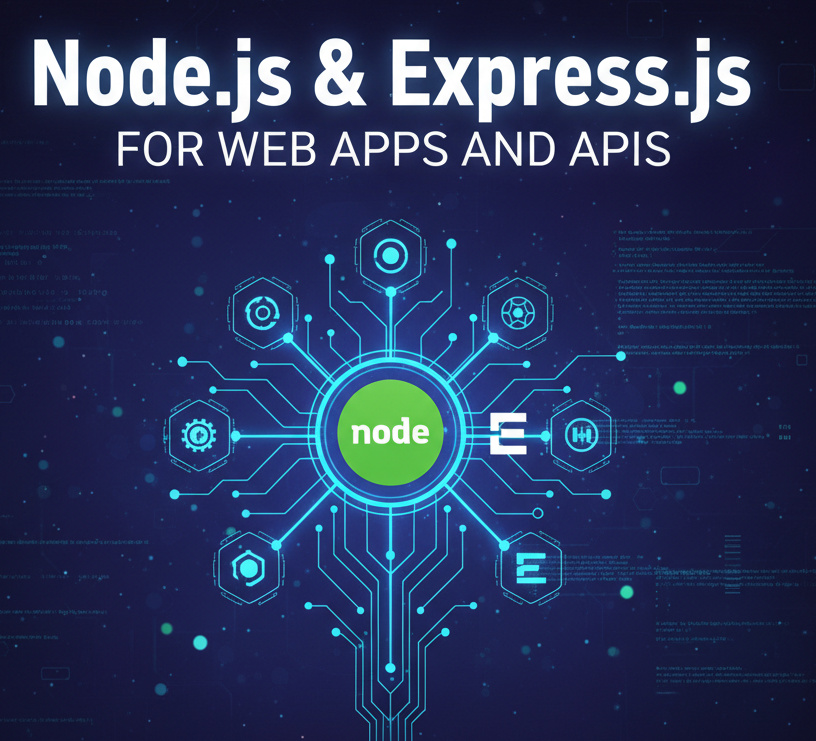
View Course

Included with Pro+ Subscription

View Course

Included with Pro+ Subscription

View Course

Included with Pro+ Subscription

View Course

Included with Pro+ Subscription
.png)
View Course

Included with Pro+ Subscription
.jpg)
View Course

Included with Pro+ Subscription
.jpeg)
View Course

Included with Pro+ Subscription
.jpg)
View Course

Included with Pro+ Subscription
.jpg)
View Course

Included with Pro+ Subscription
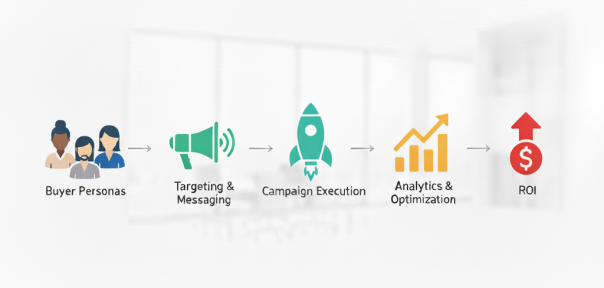
View Course

Included with Pro+ Subscription

View Course

Included with Pro+ Subscription


View Course

Included with Pro+ Subscription


View Course

Included with Pro+ Subscription


View Course

Included with Pro+ Subscription
.png)
View Course

Included with Pro+ Subscription



.png)

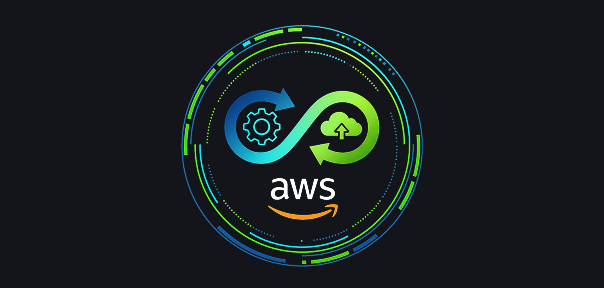
View Course

Included with Pro+ Subscription
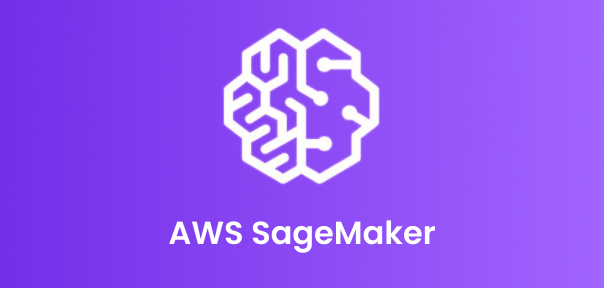

View Course

Included with Pro+ Subscription

View Course

Included with Pro+ Subscription

View Course

Included with Pro+ Subscription
.png)
View Course

Included with Pro+ Subscription
.png)
View Course

Included with Pro+ Subscription
.png)
View Course

Included with Pro+ Subscription

View Course

Included with Pro+ Subscription

View Course

Included with Pro+ Subscription

View Course

Included with Pro+ Subscription

View Course

Included with Pro+ Subscription


View Course

Included with Pro+ Subscription
.png)
View Course

Included with Pro+ Subscription
Popular

View Course

Included with Pro+ Subscription


View Course

Included with Pro+ Subscription
.jpg)
View Course

Included with Pro+ Subscription


View Course

Included with Pro+ Subscription

View Course

Included with Pro+ Subscription

View Course

Included with Pro+ Subscription
 (1).jpg)
View Course

Included with Pro+ Subscription

View Course

Included with Pro+ Subscription
AI & Generative AI

View Course

Included with Pro+ Subscription

View Course

Included with Pro+ Subscription




View Course

Included with Pro+ Subscription

View Course

Included with Pro+ Subscription
.jpg)
View Course

Included with Pro+ Subscription

View Course

Included with Pro+ Subscription
Microsoft Courses


View Course

Included with Pro+ Subscription


View Course

Included with Pro+ Subscription


View Course

Included with Pro+ Subscription


View Course

Included with Pro+ Subscription


View Course

Included with Pro+ Subscription


IT & Software
.jpg)
View Course

Included with Pro+ Subscription

View Course

Included with Pro+ Subscription

View Course

Included with Pro+ Subscription

View Course

Included with Pro+ Subscription
.png)
View Course

Included with Pro+ Subscription

View Course

Included with Pro+ Subscription

View Course

Included with Pro+ Subscription

View Course

Included with Pro+ Subscription

View Course

Included with Pro+ Subscription


View Course

Included with Pro+ Subscription
 (1).png)
View Course

Included with Pro+ Subscription


View Course

Included with Pro+ Subscription

View Course

Included with Pro+ Subscription


View Course

Included with Pro+ Subscription
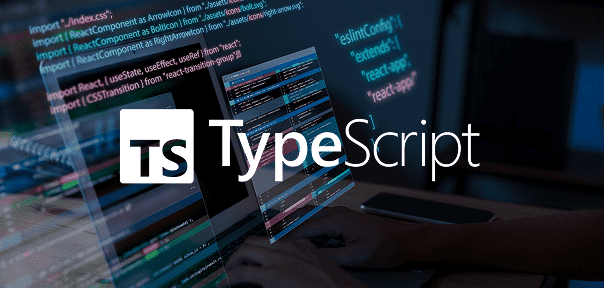
View Course

Included with Pro+ Subscription
.png)
View Course

Included with Pro+ Subscription
.png)
View Course

Included with Pro+ Subscription

View Course

Included with Pro+ Subscription

View Course

Included with Pro+ Subscription

View Course

Included with Pro+ Subscription

View Course

Included with Pro+ Subscription

View Course

Included with Pro+ Subscription
Management

View Course

Included with Pro+ Subscription

View Course

Included with Pro+ Subscription
.png)
View Course

Included with Pro+ Subscription
.jpg)
View Course

Included with Pro+ Subscription
.jpeg)
View Course

Included with Pro+ Subscription
.jpg)
View Course

Included with Pro+ Subscription
.jpg)
View Course

Included with Pro+ Subscription

View Course

Included with Pro+ Subscription

View Course

Included with Pro+ Subscription
.png)
View Course

Included with Pro+ Subscription
.png)
View Course

Included with Pro+ Subscription
.png)
View Course

Included with Pro+ Subscription
 (1).jpg)
View Course

Included with Pro+ Subscription

View Course

Included with Pro+ Subscription
.png)
View Course

Included with Pro+ Subscription
.png)
View Course

Included with Pro+ Subscription
Cloud Computing


View Course

Included with Pro+ Subscription


View Course

Included with Pro+ Subscription


View Course

Included with Pro+ Subscription
.png)
View Course

Included with Pro+ Subscription



.png)


View Course

Included with Pro+ Subscription


View Course

Included with Pro+ Subscription
.png)

View Course

Included with Pro+ Subscription
.jpg)

.jpg)

.png)

View Course

Included with Pro+ Subscription


Cyber Security

View Course

Included with Pro+ Subscription

View Course

Included with Pro+ Subscription
.png)
View Course

Included with Pro+ Subscription
.png)
View Course

Included with Pro+ Subscription
.png)
View Course

Included with Pro+ Subscription
Data Science & ML

View Course

Included with Pro+ Subscription

View Course

Included with Pro+ Subscription

View Course

Included with Pro+ Subscription

View Course

Included with Pro+ Subscription


View Course

Included with Pro+ Subscription
.png)
View Course

Included with Pro+ Subscription
Subscribe to Academy Pro+ & get exclusive features
$25/month
No credit card required
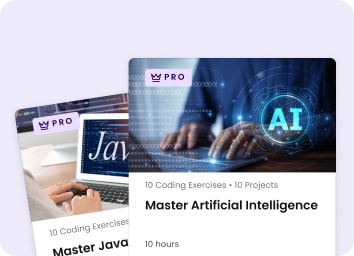
Learn from 40+ Pro courses
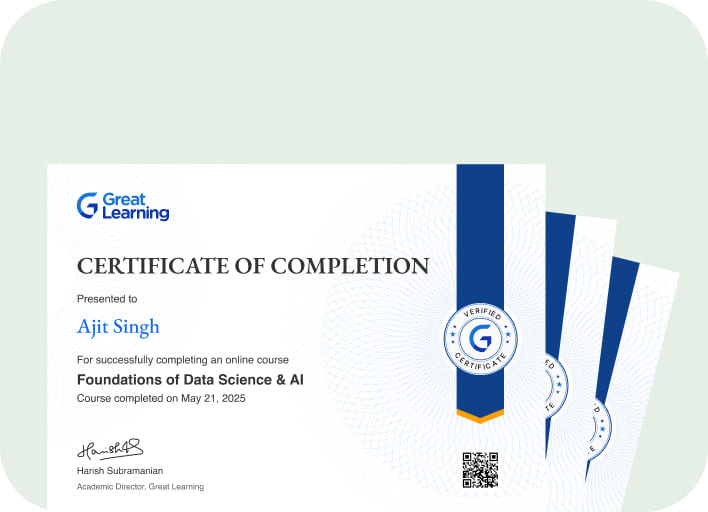
Access 500+ certificates for free
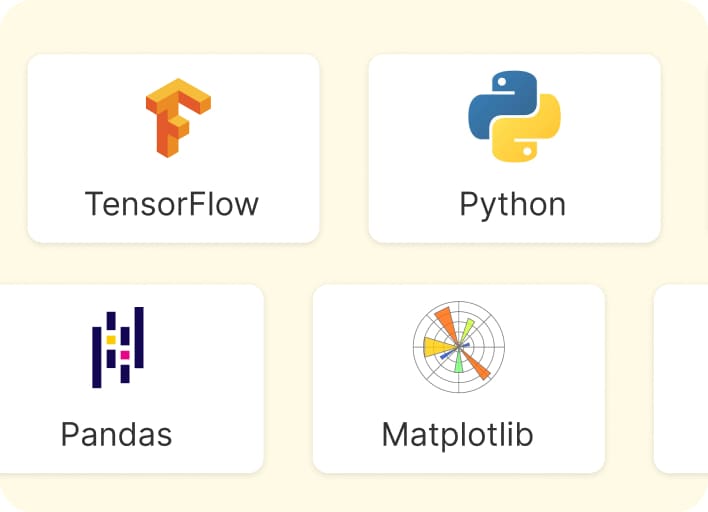
700+ Practice exercises & guided projects
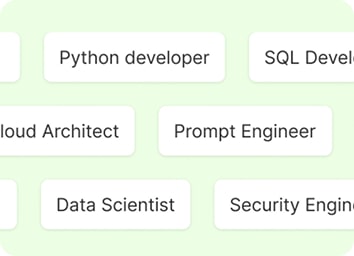
Prep with AI mock interviews & resume builder
Recommended Free AI courses



.png)
Similar courses you might like




Related Artificial Intelligence Courses
-
Programs starting at ₹5,000 per month
Placement assistance
Personalized mentorship
Detailed curriculum
Learn from world-class faculties
50% Average salary hike -
Scholarships upto ₹25K


McCombs School of Business at The University of Texas at Austin
PG Program in Artificial Intelligence & Machine Learning12 Months · Online
#1 Ranked AI ProgramKnow More
-
Scholarships upto ₹25K


McCombs School of Business at The University of Texas at Austin
Artificial Intelligence PG Program for Leaders5 Months · Online · weekend
No Programming Exp RequiredKnow More
-


6 Months · Online
Know More












